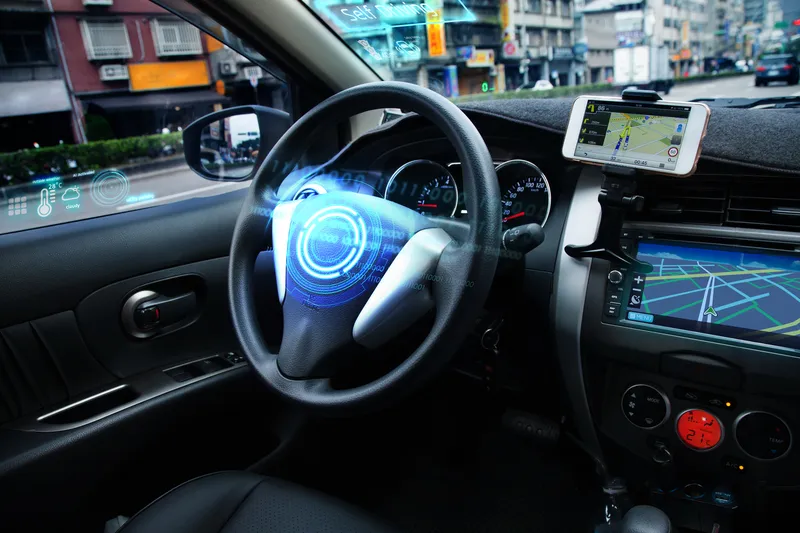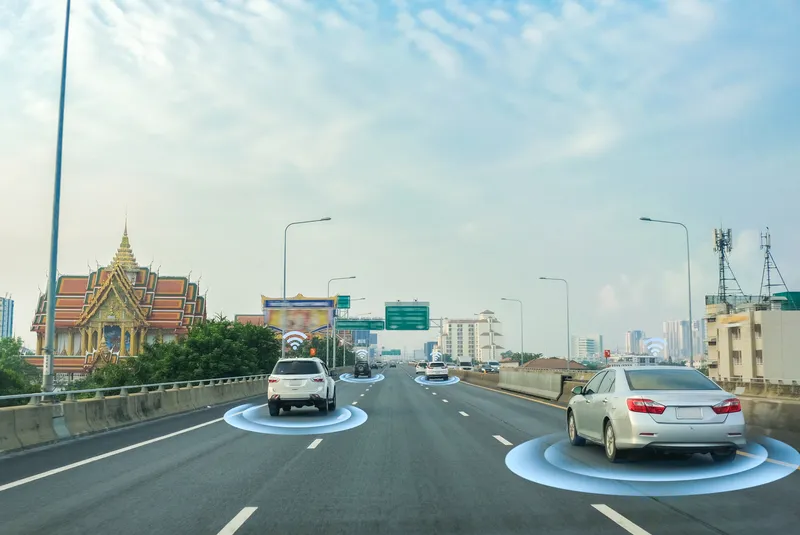
Cohda Wireless has demonstrated how a connected ITS can detect pedestrians around blind corners and through buildings via collective perception messaging (CPM) in Australia.
Cohda carried out the two-year study in collaboration with the University of Sydney’s Australian Centre for Field Robotics (ACFR).
The company says the study demonstrated that CPM can help prevent road accidents that occur when pedestrians are not easily visible to drivers or autonomous vehicles (AVs).
CPM helps IRSU
CPM allowed an intelligent roadside unit (IRSU) to share local perception information with others by using Vehicle to Everything (V2X) communication technology.
According to Cohda, this technology makes roads safer for motorists and protects vulnerable road users such as joggers, pedestrians and cyclists.
The study involved three experiments, including a controlled live roll-out in Sydney’s central business district (CBD).
The Sydney test showed how a connected vehicle using CPM sensory information from an IRSU fitted with cameras and Lidar sensors allowed a connected and autonomous vehicle (C/AV) to see through buildings and around corners onto side streets to detect pedestrians.
A second test involving CARLA autonomous driving simulation software to recreate detailed virtual worlds allowed the team to demonstrate how a C/AV using CPM took measures to safely interact with pedestrians crossing the road at non-designated crossing area.
In the final test, the team showed how a vehicle stopped for a pedestrian running toward a pedestrian crossing in a controlled lab environment with a 55 km stretch of straight road.
During the last few years, the ACFR team has been responsible for demonstrations involving AVs with only built-in sensors.
The University of Sydney's professor Eduardo Nebot, says: “Despite significant advances in sensor technology, the perception capabilities of vehicles fitted with current perception technology is ultimately bounded in range and field of view (FOV) due to sensor’s physical constraints.”
“Hidden from view objects in urban traffic environments such as buildings, trees, and other road users impose challenges in perception,” Nebot continues.
“Unfortunately, failing to maintain sufficient awareness of other road users - vulnerable road users in particular - can cause catastrophic safety consequences.”
CPM with V2X
Cohda Wireless chief technical officer, professor Paul Alexander, says the use of CPM and V2X communication technology “can be a game-changer for both human operated and autonomous vehicles”.
“CPM enables the smart vehicles to break the physical and practical limitations of onboard perception sensors, and in the meantime, to embrace improved perception quality and robustness along with other expected benefits from the CPM service and V2X communication,” Alexander adds.
“This could lower per vehicle cost to facilitate the massive deployment of C/AV technology,” he continues.
“As for manually driven connected vehicles, CPM also brings an attractive advantage of enabling perception capability without retrofitting the vehicle with perception sensors and the associated processing unit.”
The iMove Cooperative Research Center funded the study.










